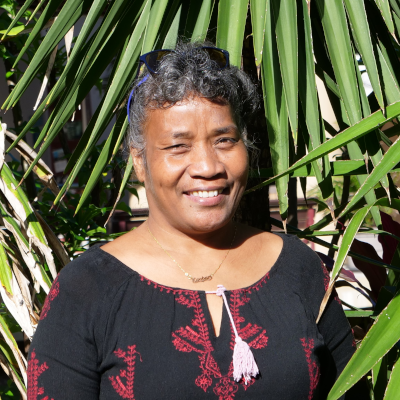Health, disability, gender and employment indicators and data are key for effective policy development in Pacific Islands Countries and Territories (PICTs). Kaobari Matikarai, Census and Survey Officer working in the Statistics for Development Division (SDD) at the Pacific Community (SPC), discusses the work she does to make these data more accessible and comprehensive for users.
 How do SDD’s efforts to make data more accessible figure in your work?
How do SDD’s efforts to make data more accessible figure in your work?
Kaobari Matikarai: My current work is focused on compiling a regional database mostly centred on health indicators such as reproductive health, child health, family planning, nutrition and HIV/AIDS. These indicators are sourced from the national Demographic & Health Surveys (DHS) that have been conducted over the past 10 years in eight countries in the Pacific region. I have also been involved in compiling disability indicators and gender statistics from these DHS and other surveys. My job is now to compile all these national indicators into a regional database so that a regional picture can be seen.
As most of the countries have used standardised tools and methodologies such as survey questionnaires, definitions, and time reference periods during data collection and processing , it is now much easier to regionalise the data. However, this is not always the case as some countries have adapted the methodologies to meet their own particular needs. This can then give rise to some issues of consistency when compiling data at the regional level decisions need to be made on whether and how to include the data or not in the database.
The data on these health and gender issues are often hard to collect as they are very sensitive topics in the region. Questions on these issues particularly women’s reproductive health and experience of violence in their lifetime, have to be asked very sensitively. These data are nevertheless crucial in understanding issues women and men encounter in these areas in Pacific countries.